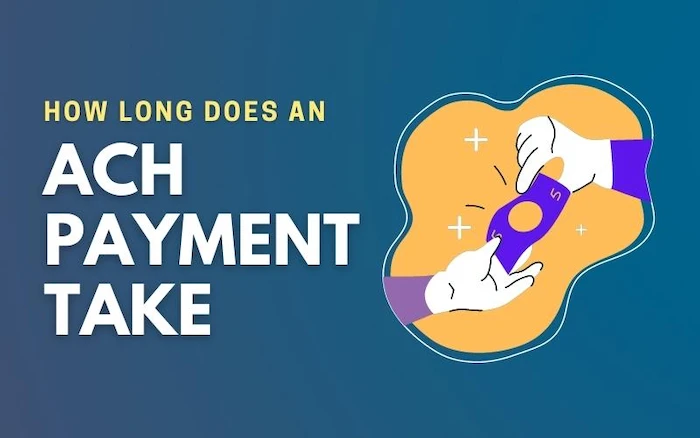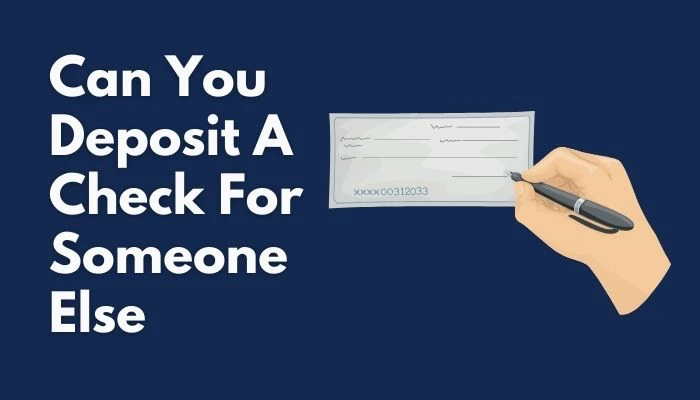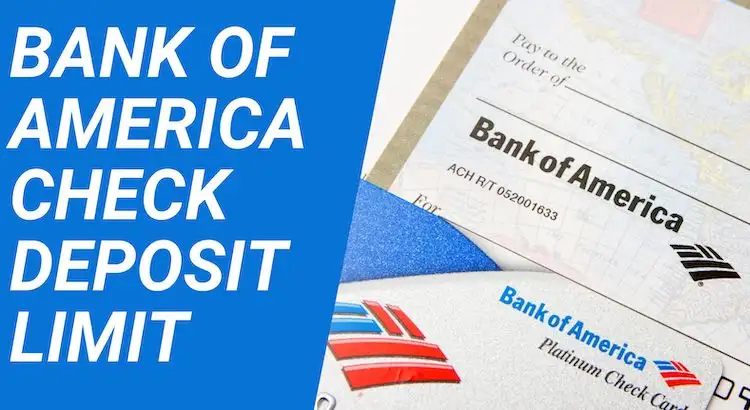ACH is an acronym for Automated Clearing House, a financial network in the United States that is used for money transfers and electronic payments. ACH payments also referred to as “direct payments”, are a method of transferring money from one bank account to another without using credit card networks, paper checks, cash, or wire transfers.
You are probably already familiar with an ACH payment as a customer, even if you’re not aware of the terminology. The ACH network is most likely used if you make bill payments electronically (rather than entering a credit card number or writing a check) or receive direct deposit from your employer.
ACH payments are a popular solution to credit card payments and paper checks for businesses. ACH payments are quicker and more efficient than checks because they are electronic, which helps streamline and automate accounting. In general, an ACH transfer is less expensive to process than a wire transfer or credit card payment. If your company accepts repayments, the savings might be substantial.
- What Is The Distinction Between ACH Payments, EFT Payments, And Wire Transfers?
- Examples Of ACH Payments
- How Do ACH Payments Work?
- How Long Does An ACH Payment Take?
- How Much Does It Cost To Process ACH Payments?
- What Causes Some ACH Payments To Be Rejected?
- Are There Any Fees Associated With ACH Payments?
- Advantages Of ACH Payment Processing
- Disadvantages Of ACH Payment Processing
- Accepting ACH Payments For Your Small Business
- Bottom Line
What Is The Distinction Between ACH Payments, EFT Payments, And Wire Transfers?
Wire transfers and ACH payments are both methods of sending money between accounts, but they differ in several ways. While ACH payments and wire transfers are both methods of moving money between accounts, they differ in several ways. First, in contrast to ACH payments, which are processed in batches three times per day, wire transfers are usually real-time. Therefore, wire transfers are guaranteed to show up the same day, whereas ACH transfers may take a few days to process. In addition, wire transfers are more costly than ACH payments. Although some banks do not charge for wires, they might cost consumers up to 60USD in some cases.
Users can interchangeably use EFT (Electronic Funds Transfer) payments and ACH payments. That is because they both refer to the same payment system.
| ACH Payments (also referred to as EFT) | Wire Payments | |
|---|---|---|
| Pros | Cost: ACH payments are typically less expensive than wire transfers. | Speed: They are faster because they don’t utilize a “batch” process. |
| Cons | Speed: It may take several days for an ACH payment to be processed. | Cost: Relatively costly |
Examples Of ACH Payments
ACH payments are classified into two types. ACH debit transactions include money being “drawn” from your account. Also, ACH credit transactions allow you to “move” money to various banks. Below are instances of how they work:
- Direct Deposit Payroll: Several businesses provide direct deposit payroll. These businesses utilize ACH credit transactions to deposit funds into their employees’ bank accounts at predetermined pay periods. (To set this up, employees must provide a voided check or a routing and checking account number.)
- Recurring Bill Payments: Customers who pay a company, for instance, mortgage lender or insurance provider, regularly may opt to set up recurring payments. It enables the company to initiate ACH debit transactions at the end of each billing period, deducting the amount owed directly from the user’s account.
How Do ACH Payments Work?
Apart from the ACH network (which links all US banks), three other parties are involved in the ACH payments:
- ODFI (Originating Depository Financial Institution): This financial institution initiates a transaction.
- RDFI (Receiving Depository Financial Institution): The financial institution accepts the ACH request.
- NACHA (National Automated Clearing House Association): This is the nonpartisan government entity regulating and overseeing the ACH network.
So, how exactly do ACH payments work?
As an example, consider your automated recurring monthly mobile bill payments. You usually provide your checking account details (account and routing number) and sign a regular payment approval once you register for autopay using your phone company.
When your billing cycle arrives, your phone firm’s bank (the ODFI) requests your financial institution (the RDFI) to transfer the amount owed. The two financial institutions then communicate to ensure sufficient funds are available in your bank account to complete the transaction.
The transaction is completed if you have enough funds, and the cash is transferred to your phone firm’s bank account.
How Long Does An ACH Payment Take?

ACH payments generally take several working days to process. Unlike wire transfers, which are usually processed in real-time, the ACH network processes its payments in batches.
According to NACHA guidelines, financial institutions may have Automated Clearing House credits processed and delivered in one to two business days. In contrast, banks process ACH debit transactions by the following working day.
Following receipt of the transfer, the other bank may also restrict the transferred funds for a while. Overall, ACH payments have a processing time of three to five days on average.
How Much Does It Cost To Process ACH Payments?
ACH payments are generally less expensive to process for businesses than credit cards. Prices are usually set by your merchant account provider (or whichever entity you utilize to process ACH payments).
A few ACH processors usually charge a flat fee per transaction, ranging from 0.25USD to 0.75USD. Other ACH processors charge a flat percentage fee which ranges from 0.5% to 1% per transaction. Companies might also charge a monthly fee for ACH payments, which varies. For example, square accept ACH payments for deposits, and there is no fee for Square merchants.
What Causes Some ACH Payments To Be Rejected?
When an ACH payment is turned down, your bank (OFDI) will issue a reject code that clarifies what went wrong. The reject codes are critical for informing your customers why their payment did not go through. The four principal reject codes are as follows:
- Insufficient Funds: It indicates that the customer did not have sufficient funds in their account to fund the sum of the debit entry. When you receive this code, you will most likely have to redo the transaction after the consumer deposits more funds into their account or offer a unique payment method.
- Bank Account Closure: Generally this occurs when a customer closes a previously active account. Unfortunately, they most likely forgot to inform you of the transition. Therefore, consumers must provide you with a new checking account to complete the transaction.
- Lack Of A Bank Account/Failure To Locate An Account: The code is generated when some combination of the information provided (the account name and account number) does not correspond to the bank’s records or when a nonexistent account number is entered. As a result, the consumer must double-check and re-enter their banking information.
- Reject: When a bank does not allow a company to withdraw money from a specific bank account, you will receive this reject code. Under this circumstance, the customer must give their financial institution your ACH Originator ID for your company to make ACH withdrawals. The transaction must then be re-run.
Are There Any Fees Associated With ACH Payments?
Rejected ACH payments may result in a penalty fee for your company. Therefore, if you receive a reject code, you must resolve the problem as soon as possible to avoid incurring additional charges on every recurring billing cycle. In addition, it might be valuable to accept only ACH payments from trusted consumers to prevent the problem of unraveling ACH rejects.
ACH Security
Although NACHA and the federal government control the ACH network, ACH payments are not subject to the exact PCI-compliance requirements as credit card processing.
Moreover, NACHA necessitates that all involved parties in ACH transactions implement sensitive data protection processes, controls, and procedures. Their rules also require that any banking information (such as a customer’s routing and account number) be encrypted with “commercially reasonable” technology. It means that you cannot send or receive banking details using insecure web forms or unencrypted emails. Therefore, if you utilize a third party for ACH payment processing, ensure that it has implemented systems with cutting-edge encryption methods.
According to NACHA rules, ACH payment originators should also take “commercially reasonable” measures to ensure the authenticity of customer identity and routing numbers, as well as identify potentially fraudulent activity. Many third-party ACH processors must have these features but double-check before signing up with anyone. It is also advisable to consult an IT or security professional to determine whether your company safely processes ACH payments.
Advantages Of ACH Payment Processing
There are several reasons why Automated Clearing House payments are becoming a more appealing choice for businesses.
- Low Processing Costs: ACH payments have the lowest processing costs of any payment type. When you use a flat-rate provider, processing ACH payments will charge your company far more petite than processing credit cards.
- Fewer Declines As A Result Of Expiration: Unlike debit and credit cards, Checking accounts do not have “expiration dates”. As a result, you will encounter far fewer declines when processing ACH payments.
- More Convenient To You: There will be no more checks, paper invoices, or time-consuming visits to the financial institution.
- More Convenient To Your Customers: Offering various payment options improves the customer experience. Customers do not have to look for their checkbook every month when using ACH payments. Instead, they need to sign up for recurring billing.
Disadvantages Of ACH Payment Processing
Although ACH payment processing is inexpensive and convenient, it does have some limitations.
- Speed: ACH payments might take a few days to process, usually three to five working days.
- Caps: There may be monthly and daily limits on the amount of money you can transfer. Same-Day ACH for each transfer limit is usually set at a maximum of 25,000USD per transaction.
- Cutoff Times: A transfer will not be processed during a specific time until the following day.
- U.S. Only: ACH transfers to or from international bank accounts are most likely prohibited by your bank.
Accepting ACH Payments For Your Small Business
NACHA does not allow small businesses to act as the ODFI or RDFI in an ACH transaction. You can, however, use a payment processor or bank that is set up to accept ACH payments. For example, Square uses ACH to deposit funds processed through Square into your linked bank account as quickly as possible. ACH transfers are batch-processed and deposited regularly.
Banks can complete Square ACH deposits as early as the following working day. For example, if you set your close of the day to 5 p.m. PT or earlier, your money will be available in your bank account the following business day. If you set your close day after 5 p.m. PT, your money will be deposited by your financial institution into your bank account within two working days.
Bottom Line
ACH transfers might be an inexpensive way to transfer money, but if you are the one sending money, make sure you first understand your bank’s policy. It will assist you in avoiding potential limits, fees, and unexpected processing delays, allowing you to get the most out of this particular service.

